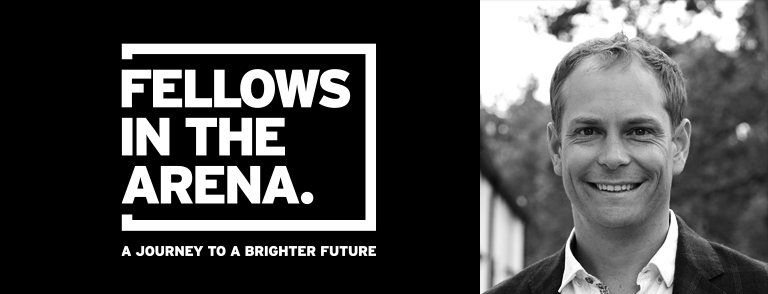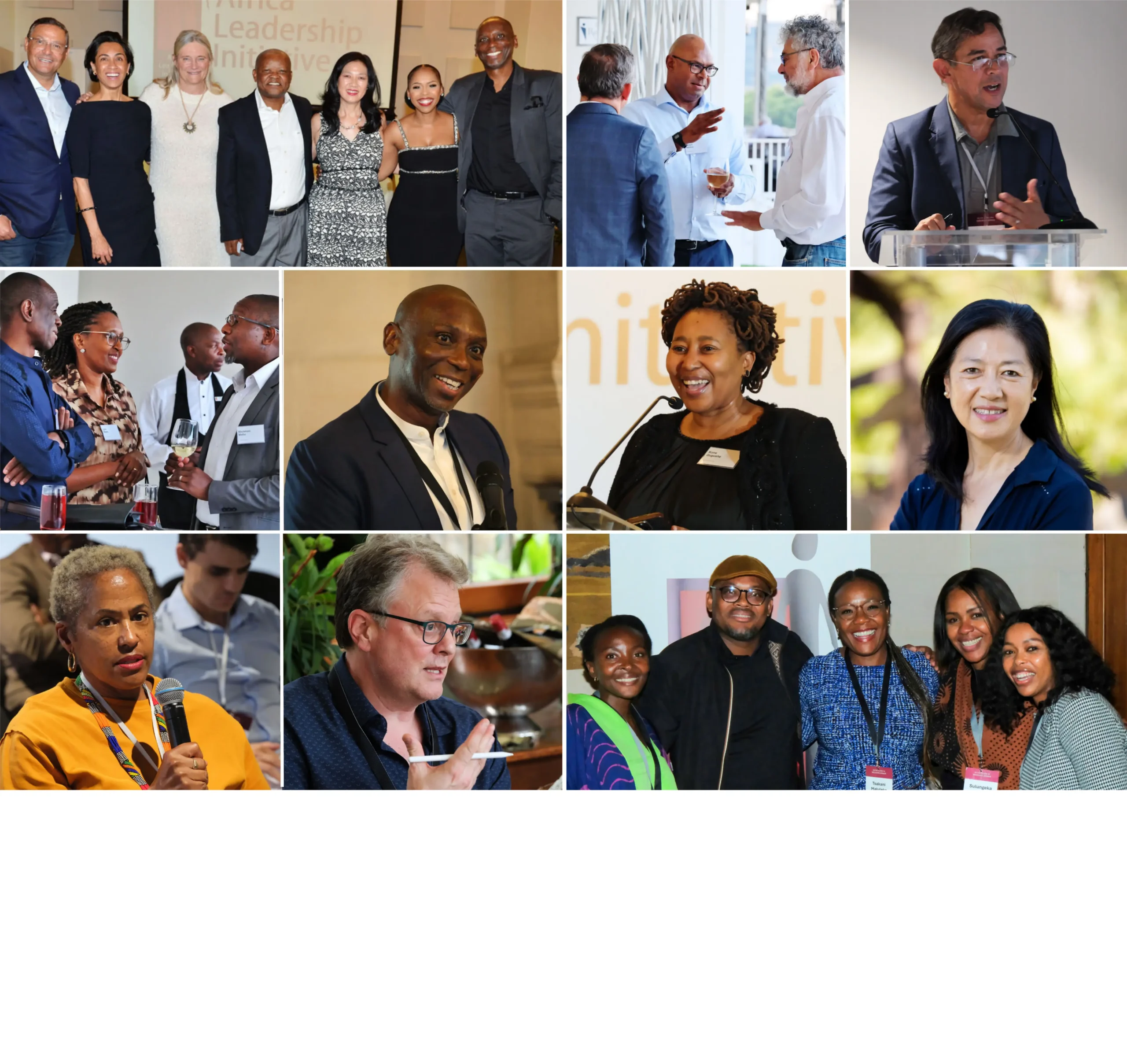
Financial exclusion takes many forms. Do you know what the average Early Childhood Development Centre looks like? While the concepts of early learning and adequate stimulation are buzz words in world education, South African toddlers and young children in need of pre-primary care often attend informal, privately owned centres run from a home. The owner often has no way of obtaining credit to provide the learning material needed.
To prove the creditworthiness of schools, Ryan Harrison is setting out to raise an education finance fund to prove the business and impact case. His initial focus? The often invisible and informal army of those who care for pre-schoolers.
Here’s a picture of the average ECD centre:
It is almost always privately owned and owner-operated, and is run from a home. The owner is a black woman; the income from the centre typically is her household’s sole income. She may have completed matric, but typically she will have no further or specific qualifications. The centre is unlikely to be registered as the process to do so is often not well understood and may have costly infrastructure requirements.
Anything from 20 to 60 preschoolers will check in Monday to Friday. While a rare centre may attract a small government subsidy, it is most likely that the parents will pay the full contribution.
The owner is struggling to get what the centre needs, such as benches, books, toys and whiteboards; she’s certainly struggling to grow the business. With no finance opportunities, she must pay cash upfront for everything she needs. And so, for the first three or four months of the year, she may be saving up the money she needs to buy learning materials or education equipment.
THE MODEL
Fees for ECD centres range from R50 to R5 000 per month. Ryan’s focus is on centres operating in the R750 to R2 000 range. Schools in this bracket suffer from the limitations of financial exclusion (unlike elite schools), and are candidates for financing (which the most marginalised communities with very low fees are not).
There is no funding model for education, Ryan says; and no understanding of the credit risk; therefore there is little activity. Financial products that other businesses have access to, are not open to schools. A large part of this exercise, therefore, would be to build a credit method for understanding this sector. To this end, the fund, when it is born, will be indirect, partnering with financial intermediaries to deploy the loans. It will help them build an education book, and develop education-specific products.
From the school’s perspective, being able to borrow the money needed to buy education equipment, learning materials or consumables as required would enable teaching to start in January rather than, as is often the case, in May, and significantly improve the experience and progress of the child.
GETTING HERE
When Ryan started thinking about his venture, he initially went in a different direction. Research indicates that when government and business are mutually invested in public spaces, they are better managed, and safer. Ryan’s interest lay in whether there might be a business model for an economy around public spaces that creates opportunity for informal and micro-entrepreneurs, and thus an incentive to keep these spaces safe and accessible, even to vulnerable groups.
However, during the ALI check-in sessions, Ryan started to see holes in his idea. For a start, there is little research around what works in the informal sector without the government leading the process. And although it was easy to envisage success on a micro scale, the complex dynamics suggested success on a macro scale would be at best elusive.
So Ryan changed direction, drawing on his background in education and his current role at the SA SME Fund.
When SPARK Schools was started, he says, it was a struggle to raise the initial capital required, and then, later, the funds needed to meet ongoing needs such as books or a printer. “We were a school that had the resources to hire sophisticated people to navigate the banking system; we had proven ourselves in raising the initial capital,” says Ryan. “And still, it was really hard. If you’re an average person, who just wants to give back to your community, the financial barriers are tremendously high. It makes it so difficult to operate.”
That, he says, is half the motivation behind his current project.
The “how” of the work is informed by Ryan’s work at the SA SME Fund, a fund of funds, which powerfully demonstrates the benefits of partnering to achieve impact.
HOW WILL THE FUND BE USED?
Speculating about how the fund will support its intended beneficiaries, Ryan thought that the typical loan size would be between R20 000 and R100 000, and might be paid back over two years.
Loans will be used in some cases on supplies, assets or for cashflow, but in some instances on infrastructure or to fix the physical space to allow the centre to register, which is the first step to accessing any government support.
THE WORK
Over the year that he has been working on it , Ryan aspired to raise R170m to prove out the education finance model. While not complete, and although funds are only secured when the target is complete, he has made good progress. He is, however, careful to stress that this work remains a concept, and that there’s a way to go before he can be confident it will fly. “This market has been so long without credit, the question is – are schools ready for it, and what will it take to educate the market in how best to use debt to grow and improve their institutions?”
This is just one of the questions that will need to be answered when the fund launches – and so, as Ryan is working to raise the money needed, he is also working to develop a pipeline for that funding.
An indicator for success is the pragmatism that has created, for instance, a credit model for successful stokvels. As more players from different realms enter the territory of the financial sector, they can be counted on to inform both the provider’s and the borrower’s perspective.
ABOUT RYAN, FELLOW OF CLASS XII
Ryan Harrison works in the SA SME Fund, the largest institutional investor in venture capital in South Africa, focusing on growing technology start-ups.
One of his passions is education. He was a co-founder of SPARK Schools, a successful South Africa start-up with the vision of changing the paradigm in education; and he is currently on the Board of Moringa Schools, a Kenyan higher education business.
He is a Fellow of Class XII.









